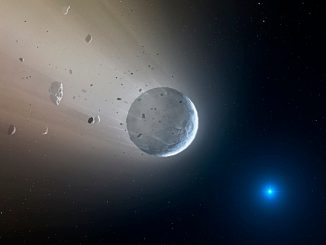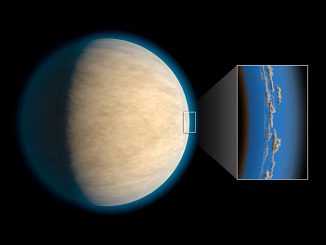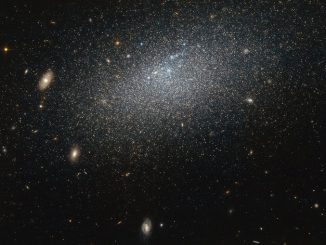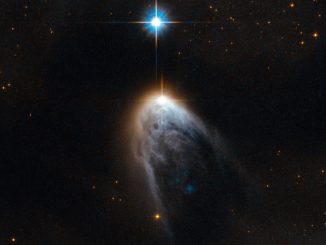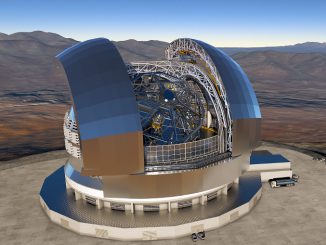
Hubble resolves globular cluster in the Large Magellanic Cloud
This NASA/ESA Hubble Space Telescope image shows the globular cluster NGC 1854, a gathering of white and blue stars in the southern constellation of Dorado. NGC 1854 is located about 135,000 light-years away, in the Large Magellanic Cloud (LMC), one of our closest cosmic neighbours and a satellite galaxy of the Milky Way.


